Language
Winch TS700
Ref.:
PF70700B-C1
€100.82
incl. vat
In stock
Goliath safety winch with sling (included) for boat trailer.
- Capacity: 700kg boat
- Free unwinding of the sling
- Automatic security (patented)
Original ref: : 37TS700 / 954403
More Details
- Capacity: 700kg boat
- Free unwinding of the sling
- Automatic security (patented)
Original ref: : 37TS700 / 954403
-

2.31
-
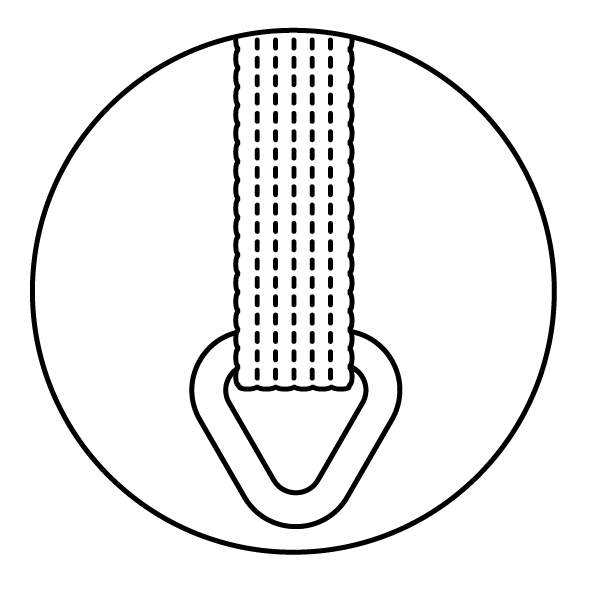
Sling and hook included
-
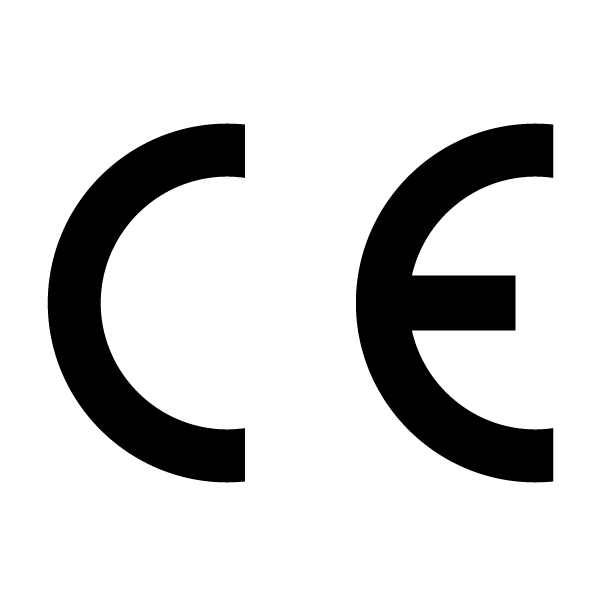
European Standard EN13157-A1
-
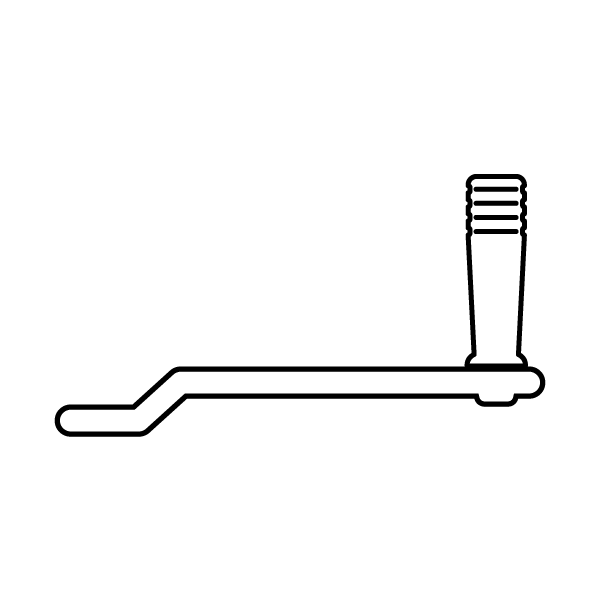
Removable handle
-
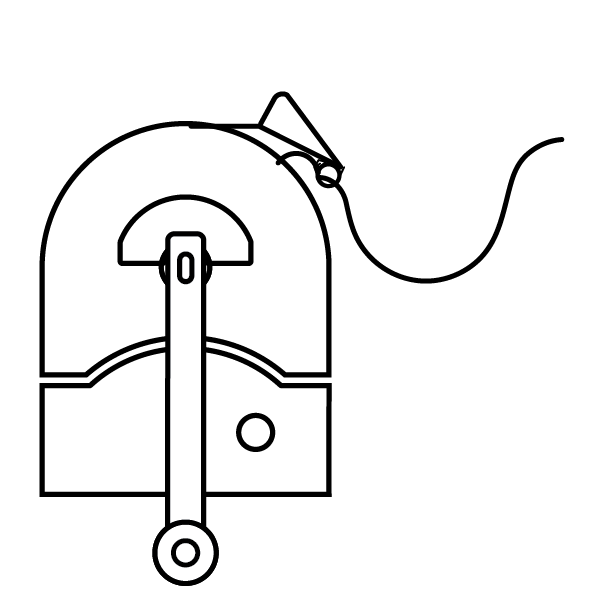
Free unwinding of the sling
GOLIATH has been designing and making, winches that are used in a great number of industries for more than 30 years.
The manual winch is a safety device governed by strict technical rules and whose design is framed by the European standard EN13157 A1.
Here are some criteria to be taken into account to select the right winch.
Lifting concept
Always select a brake winch.
According to the European standard EN13151 A1, a lifting application is characterised by the lifting of a load in connection with a vertical and/or horizontal movement. Thus, towing a car on a trailer, for example, is a lifting operation.The winch associated with this operation must be compliant with the standard EN13157 A1 to be EC marked. It must in particular have a permanent safety brake when loaded (as the range of ratchet winches does not have a self-braking system, it is therefore not suitable for lifting applications). This device is crucial to ensure your safety and the compliance of your facilities.
The winch safety brake makes it possible to hold the load when all action on the handle is stopped. The latest generation of GOLIATH safety brakes (internal, permanent and independent from the handle) of the TPV,TA and TS winches offer constant safety, including when the handle is removed (prevents unauthorised access to the winch).
Pulling on an inclined plane: Pulling on an inclined plane is a lifting operation
Whether the load is self-supported or not, the force, and so the winch capacity, can significantly vary (from 1 to 5 depending on the case). The load capacity we provide in our datasheets for this type of application takes into consideration a slope of 20% and friction coefficients corresponding to those of a vehicle equipped with bearings.
Force on the handle: 12 kg maximum recommended
Quality winches designed in compliance with the European standard EN13157 A1, are provided for a maximum load capacity with a force on the handle that cannot exceed 25 kg first layer and last layer load).
This is a rated capacity and not a capacity of use. In general, one considers that a 12 kg force on the handle is acceptable. To obtain this maximum force level, the load on the winch should be limited to approximately 50% of its rated value.
Please note that the latest generation of TPV-TA winches are equipped with 2 reduction axes making it possible, according to uses, to divide the force on the handle by 2.
Capacity: The wound cable length has an impact on the winch capacity
The load capacity of the winch (100% force applied directly to the cable) depends on the cable winding level on the drum. In fact, the mechanical force transmited by the cable to the winch proportionally increases with the winding of the latter on the drum. In other words, the more the load is lifted, the more the transmitted force is significant, thereby reducing the capacity of the winch. For this reason, the standard considers a first layer and a last layer load:
- 1st layer (drum pitch diameter diagram)
The first layer is the minimum filling level of the drum. The load capacity of the winch given for a 25 kg force on the handle is then maximum, but is not a use value, as the winch cannot be used with this load (lifting/winding capacity equal to 0).
- Last layer (full drum diagram)
The maximum last layer load value, still for a 25 kg force on the handle, is the maximum capacity of the winch if the cable is completely wound on the drum.
Consequently, the winch capacity will depend on the cable length wound on the winch when the load is lifted to the maximum. To optimise this value and select the winch best suited for the application, it is necessary to limit the cable length wound on the drum to strictly: lifting height + 1 metre (minimum safety winding on the drum). Our Goliath Store configurator allows you to carry out simulations and indicates the references best suited for your application.
Cables: Adhere to the recommended diameters
Each winch is determined according to a cable diameter adapted to its capacity. It is then recommended for optimum use of the winch to use the corresponding cable. A cable with a close diameter can eventually be used. WARNING! In this case, the winch capacity will eventually be reduced proportionally to the difference in breaking capacity of the cable.
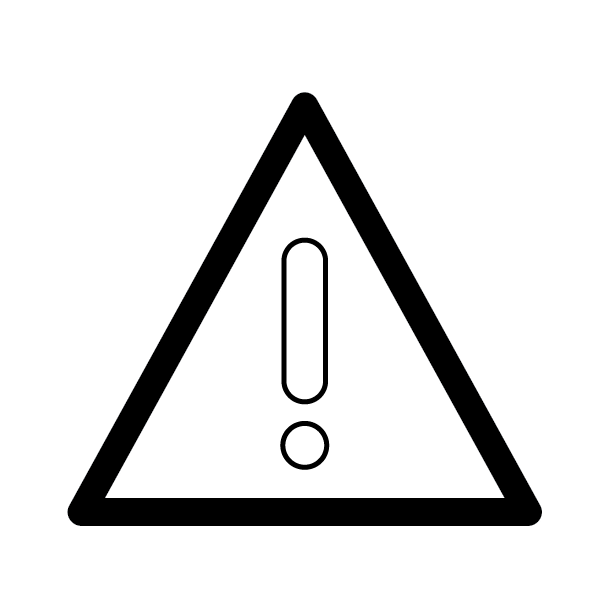

Protective cover: Compulsory to be compliant with the EC standard and for your safety
It is imperative that the winch be equipped with a protective cover preventing access to the mechanism in order to avoid any accident.
- Original ref. : 37TS700:AIN|37TS700:TALARC|954403:RSA
- Unit weight : 2.31 Kg
- Builder : AIN, RSA
- Pulling capacity : 700kg
- Number of speeds : 1
- Reduction ratio 1 : 1/3.5
- Drum hub ø : 16mm
- Strap length : 6,5m
- Handle length (mm) : 200mm
- Handle : Removable
The norm EN13157 A1 defines the essential criteria to ensure your safety and allow us the put the CE stamp on our winches (in the case of use in the European Union)
Warning! The CE stamp can be based on a self-certification of the importer or the manufacturer, which sadly lead to an abusive usage and the non-compliance with the CE standards. Please be careful
A winch that is not in compliance with the EN13157 A1 is not CE, which renders the lifting product not in compliance with the directive on machinery safety for which you can be held liable.
You’ll find bellow a few of the compulsory criteria for the CE qualification of a winch. Of course, it shouldn’t be summarize just by these elements. Our goal is to allow you to visually identify some key elements to look out for:
- Safety auto-brake: the auto-brake is mandatory for lifting: As a reminder, the EN13157 A1 norm defined lifting as a change in height during movement. It can includes horizontal or vertical movement of the load and every other combinaisons.
- Handle: Must not be removable if the auto-brake depends on it
- Protective crankcase: the internal and external sprocket as well as the prominent elements of the system (ie. The drum) must be protected.
- Drum: the diameter of the drum hum varies depending on the cable and measures between 35 and 72mm (for manual winches up to 1000kg) Otherwise, the cable fiber can be damaged and can load to the cable breakage. The drum hub must also resist to crushing.
- Cable or sling securing: The anchoring of the cable or sling of the winch must respect the norms and resist the nominal load 3 times
- Slings and cables: They must be in compliance with the current European norm. Beware of slings that are too fragile! If they are damaged, their breaking can have sometime very dramatic consequences.
Need A Custom Solution?
With 40+ years of manufacturing innovation, we're ready to develop products to your exact specifications. Let's create the perfect solution for you.
Request a quotation



